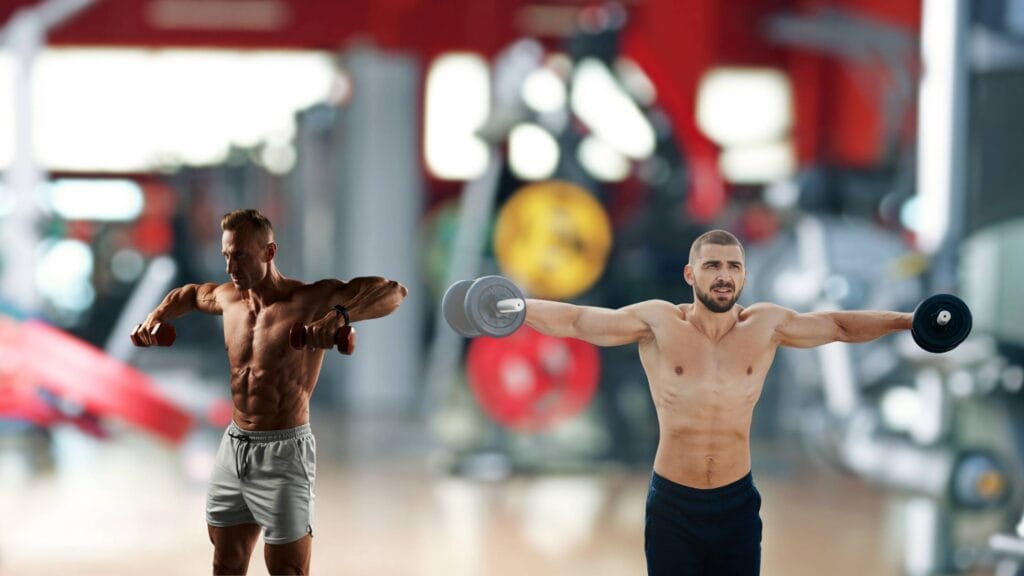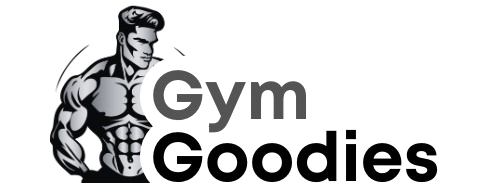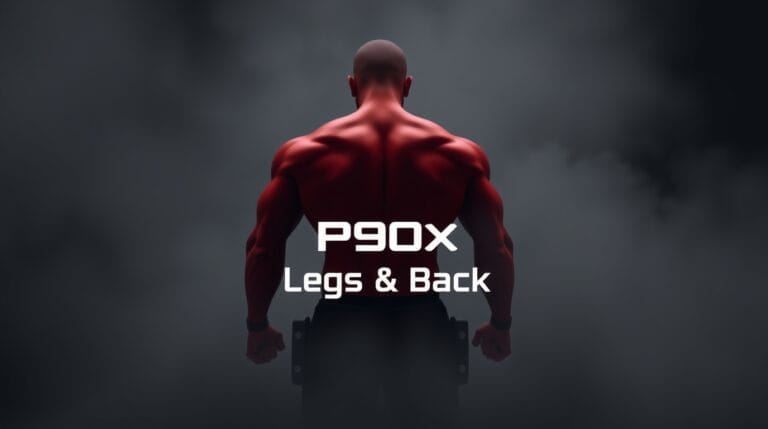Bent Arms for Mass vs. Straight Arms for Definition: Myth or Reality?

Ever felt like no matter how much you train, your arms just don’t look the way you want? Maybe you’ve heard conflicting advice: “Keep your arms bent for bigger biceps!” vs. “Straight-arm exercises carve definition!”, leaving you wondering which approach actually works.
Here’s the truth most gym-goers miss: Both techniques have merit, but their effectiveness depends on your goals, anatomy, and how you program them. Let’s debunk the myths, dive into the science, and give you a clear plan to build arms that look as strong as they feel.
The Great Arm Debate: What’s Really Happening?
Bent arms emphasize muscle growth (hypertrophy), while straight arms enhance muscular endurance and definition, but neither works in isolation.
The Root of the Confusion
For decades, bodybuilders swore by bent-arm exercises (like curls) for “mass,” while calisthenics athletes favored straight-arm moves (like planches) for “shredded” arms. But a 2024 meta-analysis in the Journal of Strength and Conditioning Research found that muscle growth depends more on time under tension and progressive overload than joint angle alone.
Example: Take my client, Jake. He’d been hammering bicep curls for months but saw minimal growth. When we added straight-arm ring holds (like an L-sit), his arms finally “popped” because the new stimulus targeted often-neglected stabilizing muscles.
Key Takeaway: Your arms need both bent and straight-arm work, just like a car needs gas and oil to run smoothly.
The Hidden Factor Everyone Overlooks: Fascia Training
Muscle definition isn’t just about fat loss, it’s about training the fascia (connective tissue) that shapes your muscles.
The Science of “Toned” Arms
A 2023 study in Frontiers in Physiology revealed that fascia adapts to repetitive tension, becoming tighter and more defined. Straight-arm exercises (like dragon flags or straight-bar holds) create longitudinal tension, which may enhance muscle visibility.
Actionable Tip: *Try this 2-minute fascia drill after workouts:*
- Hang from a pull-up bar (straight arms) for 30 seconds.
- Immediately do slow, controlled hammer curls (bent arms) for 10 reps.
- Repeat 3x. This combo boosts blood flow and fascia elasticity.
Analogy: Think of fascia like plastic wrap, when stretched and heated (trained), it molds better to what’s beneath (your muscles).
Myth Debunked: “Straight Arms Only Work Triceps”
Straight-arm exercises engage your entire upper body, including biceps, shoulders, and even your lats.
Traditional vs. Updated Approach
- Old belief: “Bent arms = biceps, straight arms = triceps.”
- Reality: Straight-arm moves like front levers or planches require insane bicep engagement to stabilize. EMG data shows biceps activate at 60–70% max during straight-arm drills—almost as much as in curls!
Imagine trying to bend a steel bar vs. holding it straight. Both require strength, but in different ways.
Yoga instructor Maria switched from curls to straight-arm poses (like crow-to-handstand transitions). Her arms gained definition and functional strength she’d never gotten from weights alone.
Step-by-Step Plan: Balanced Arms in 8 Weeks
Alternate bent and straight-arm days, prioritizing compound movements first.
Phase 1: Weeks 1–4 (Foundation)
- Bent-Arm Day:
- Chin-ups (4×8)
- Zottman curls (3×12) (works brachialis for “peak” shape)
- Straight-Arm Day:
- Ring support holds (3×30 sec)
- Pike push-ups (4×10)
Phase 2: Weeks 5–8 (Intensity)
- Bent-Arm Day:
- Weighted dips (4×6)
- Spider curls (3×10) (maximizes time under tension)
- Straight-Arm Day:
- L-sit to handstand negatives (3×5)
- Straight-bar hangs (accumulate 2 mins total)
Record your workouts. Notice which angles make your arms “burn” most, that’s your weak point.
Final Thoughts: It’s Not Either/Or
“Mass vs. definition” is a false choice. The most impressive arms blend:
ent-arm work for growth (hypertrophy).
Straight-arm work for fascia engagement and endurance.
Progressive overload in both.
Try This: Next arm day, pair a bent-arm move (e.g., preacher curls) with a straight-arm drill (e.g., plank-to-pike). Your arms will throb in new ways, and that’s progress.
What’s your experience? Drop a comment below, have you noticed better results with one style over the other? Let’s debate (with science!).
Disclaimer:
It should be remembered that the information available at gymgoodies.net is constantly evolving and is up-to-date and authentic information on fitness, exercises, and health.
I am a veteran bodybuilder, considering I have been active in the industry for quite some time. I ensure that the content shared reflects the lessons I have learned in my years of training and working or all the exposure I have had.
That said, it must be understood that the information available on this portal is obtained through communication channels and is primarily for education and information. Some factors and changes occur, and the issues discussed in this website address such things.
Every piece of advice regarding fitness or health should be taken with caution.
You might need the assistance of fitness professionals, nutritionists, or doctors regarding your workout routine, diet, or fitness activity. Their advice should be personalized PPC, the guide you integrate into your routine, taking into account your specifications and requirements regarding your health and fitness.
This is key, considering our concern is your health and safety. Make sure you only use the data on the site to empower expert advice and nothing more.



